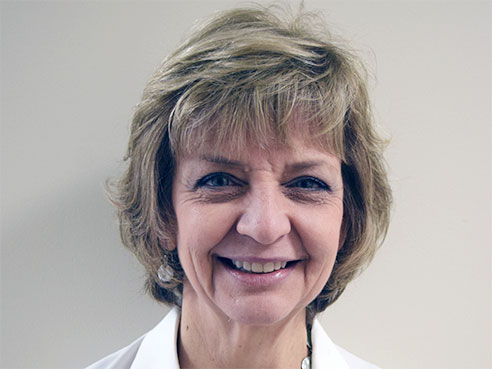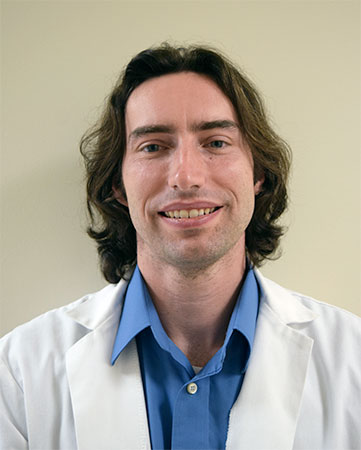 Ona Faye‐PetersenOna Faye‐Petersen, M.D., a professor of pathology at the University of Alabama at Birmingham with joint appointment in the Department of Obstetrics and Gynecology, has been named president‐elect of the Society for Pediatric Pathology.
Ona Faye‐PetersenOna Faye‐Petersen, M.D., a professor of pathology at the University of Alabama at Birmingham with joint appointment in the Department of Obstetrics and Gynecology, has been named president‐elect of the Society for Pediatric Pathology.
Faye-Petersen has also been named one of two North American councilors‐at‐large (and educational faculty) to the International Pediatric Pathology Association, the organization for certification in pediatric pathology for nations without formal fellowships.
Through the UAB Microdissection Laboratory and the outreach services of the UAB Autopsy Service, Faye-Petersen performs postmortem examinations of stillborn and infant deaths, as well as placental evaluations. These help correlate the pathology found with prenatal clinical data and ultrasound images to help identify the causes of pregnancy loss, fetal growth restriction and maldevelopment, and neonatal complications. The fetal and infant autopsies can also give information about the risk of recurrence in future pregnancies, and they may offer closure to grieving parents.
 Matthew CainWhile many fetal and infant autopsies are performed by trained pediatric pathologists, they can be intimidating for general pathologists or trainees. To help those less experienced pathologists and trainees, Matthew Cain, M.D., UAB pathology trainee — working under the oversight of Faye-Petersen and Joseph Siebert, Ph.D., professor of pathology at Seattle Children’s Hospital — has written a software program to assist pathologists in infant autopsies. The program saves time by making reference materials easily accessible, and improves the quality of the autopsy reports.
Matthew CainWhile many fetal and infant autopsies are performed by trained pediatric pathologists, they can be intimidating for general pathologists or trainees. To help those less experienced pathologists and trainees, Matthew Cain, M.D., UAB pathology trainee — working under the oversight of Faye-Petersen and Joseph Siebert, Ph.D., professor of pathology at Seattle Children’s Hospital — has written a software program to assist pathologists in infant autopsies. The program saves time by making reference materials easily accessible, and improves the quality of the autopsy reports.
As described in an article in Pediatric and Developmental Pathology, the program cuts the time needed to access data on gestational age norms in books and online sources from 26.7 and 15 minutes, for novice and experienced residents, respectively, to less than four minutes on average. The software is free to use and offers secure data entry.
“This program furthers our ability to provide the best and most accurate information to parents who have lost an infant and to clinicians who seek to prevent stillbirth, improve pregnancy and infant outcomes, and reduce recurrence risks,” Faye-Petersen said. “These goals have long been my passion.”